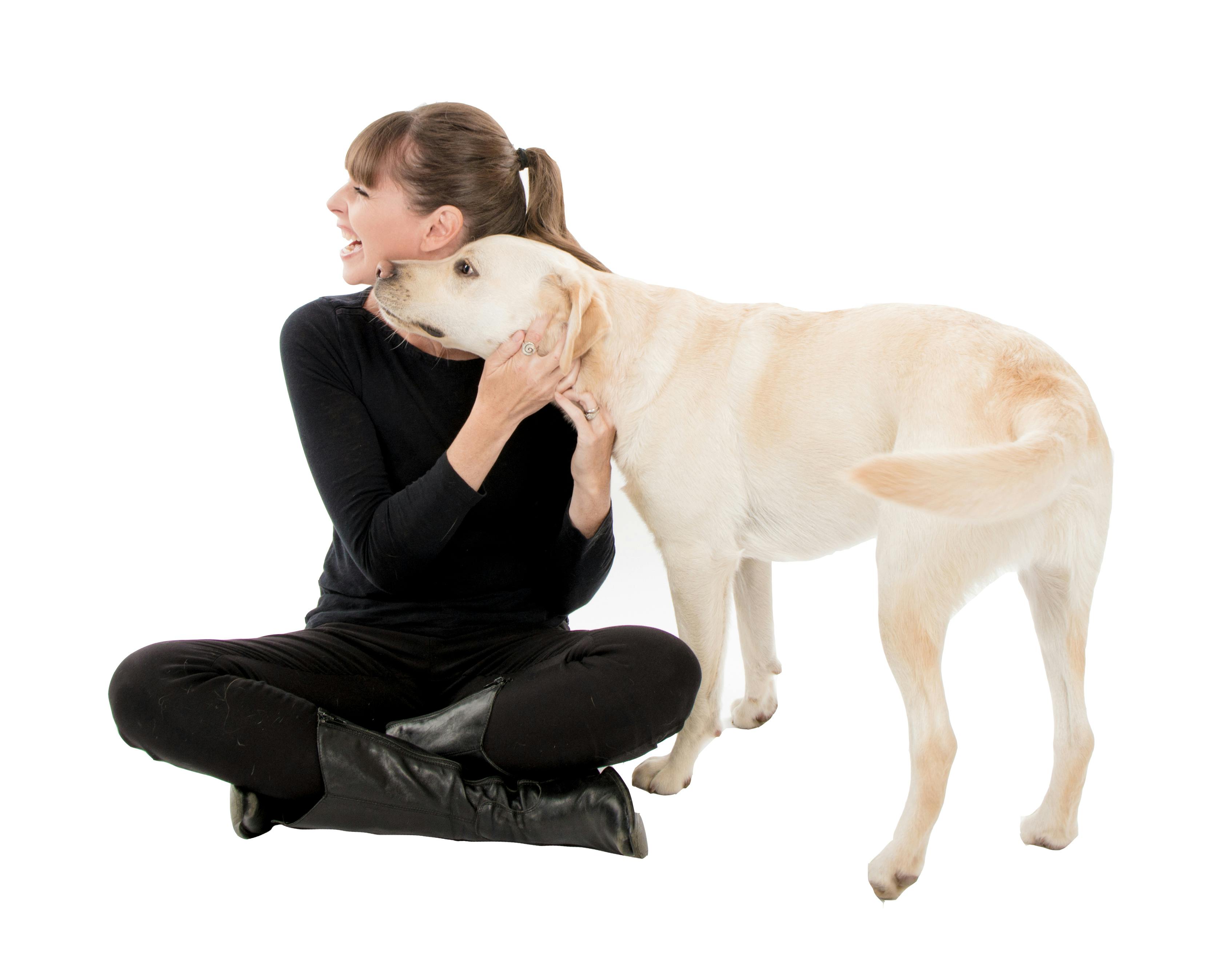Dog training Raleigh NC ready to assist with your dog’s challenges.
Wiki Article
Master Vital Commands: Reliable Canine Training Facilitated
Reliable canine training is a fundamental facet of liable pet dog ownership, and understanding important commands serves as the foundation for an unified partnership in between trainer and dog. Comprehending the subtleties of canine habits and the training process is crucial; however, the journey to a trained dog commonly presents unanticipated hurdles that require attention.Recognizing Your Canine's Habits
To grasp the nuances of reliable canine training, it is necessary to break down and assess your dog's habits. Dog training. Understanding the motivations behind your pet dog's activities is essential; actions can originate from impulse, worry, enjoyment, or a need for focus. By observing your canine in numerous circumstances, you can recognize patterns that may indicate underlying emotions or requirementsFor example, a dog that barks excessively may be revealing dullness, anxiousness, or a need for social interaction. On the other hand, a pet dog that shows devastating behaviors could be seeking stimulation or remedy for tension. Acknowledging these triggers permits you to customize your training approach successfully.
In addition, it is essential to take into consideration the dog's type characteristics, as they can influence behavior significantly. Some breeds are predisposed to specific traits, such as herding or guarding instincts, which can affect their responses to particular stimulations.
Finally, consistency in your reactions to your canine's behavior fosters a far better understanding in between you and your family pet. This shared comprehension is foundational for constructing trust fund and promoting an efficient training process that nurtures both behavior correction and favorable reinforcement.
Vital Commands to Instruct
Instructing vital commands is an essential aspect of reliable pet dog training, offering the structure for a mannerly and responsive pet dog. These commands not just improve interaction in between the owner and the pet however also make certain security in various settings.The most crucial commands consist of "Sit," which encourages your pet to remain fixed and calm; "Keep," which strengthens the concept of staying in one place up until released; and "Come," which is crucial for recalling your pet dog from potentially unsafe circumstances. "Down" teaches pet dogs to lie down, advertising leisure and control, while "Leave it" assists prevent pet dogs from picking up dangerous or unwanted products.
" Heel" is another crucial command that encourages your canine to stroll carefully close to you, improving chain good manners. "No" serves as a vital boundary-setting command, aiding to correct unfavorable actions.
Training Techniques for Success
Efficient pet training depends greatly on employing a range of techniques that deal with both the pet's learning style and the proprietor's training objectives. One key method declares support, which involves rewarding desired behaviors with treats, praise, or play. This technique urges the pet to duplicate those behaviors, fostering a strong bond between owner and pet dog.
An additional efficient technique is clicker training, where a distinctive audio, made by a remote control, marks the exact minute a pet dog carries out a desired activity. This exact timing assists canines link the behavior with the incentive, boosting their understanding.
Uniformity is critical in all training approaches. Establishing clear commands and maintaining the very same cues helps the pet understanding assumptions more quickly. Additionally, short, engaging training sessions protect against boredom and boost retention.
Including socializing chances is additionally vital. Subjecting dogs to various environments, people, and other animals assists them create self-confidence and flexibility.
Lastly, patience plays a considerable duty in successful training - Dog training. Each pet dog finds out at their own speed, and understanding this can bring about a more delightful training experience for both the owner and the pet dog. Implementing these methods will certainly set the structure for effective canine training
Usual Challenges and Solutions
In spite of the ideal training strategies, dog owners typically run into usual challenges that can hinder development. One common problem is variance in commands and signs. When household participants make use of various commands for the very same actions, it perplexes the dog, leading to inconsistent responses. The solution hinges on establishing a unified approach among all member of the family, making certain that every person makes use of the very same terms and signals.

Furthermore, some dogs might show stubbornness or lack inspiration. This can often be attended to by incorporating positive support techniques, such as treats or appreciation, to encourage preferred actions. Tailoring benefits to what your pet dog finds most inspiring can dramatically enhance their interaction.
Last but not least, fear or stress and anxiety can restrain progress in training. Recognizing indications of stress and anxiety and adjusting the training pace appropriately is critical. Employing gradual exposure to been afraid stimulations can aid construct confidence in time, assisting in an extra reliable training experience.
Keeping Uniformity and Patience
Consistency and patience are paramount in pet dog training, as they develop the foundation for achieving lasting behavior modifications. Canines flourish on routine and clear assumptions; therefore, preserving a consistent approach in commands, rewards, and improvements is necessary.Similarly essential Dog training is the role of perseverance. Educating a dog is not an instantaneous procedure; it needs time and repetition. Pets, much like humans, have differing learning rates and may not grasp commands quickly. Fitness instructors should identify this and stay calm, supplying motivation as opposed to irritation. Positive support plays an essential duty here, fulfilling desired actions and assisting to cultivate a trusting relationship between the dog and trainer.
Final Thought
Understanding vital commands is basic to effective pet dog training, cultivating improved communication and strengthening favorable actions. The application of positive reinforcement strategies, paired with consistency and patience, substantially boosts the training experience for both the dog and handler. Dealing with typical obstacles with sensible solutions even more supports the training process. Eventually, a trained pet dog not just shows excellent actions yet additionally develops confidence, adding to a harmonious relationship in between the dog and its proprietor.Report this wiki page